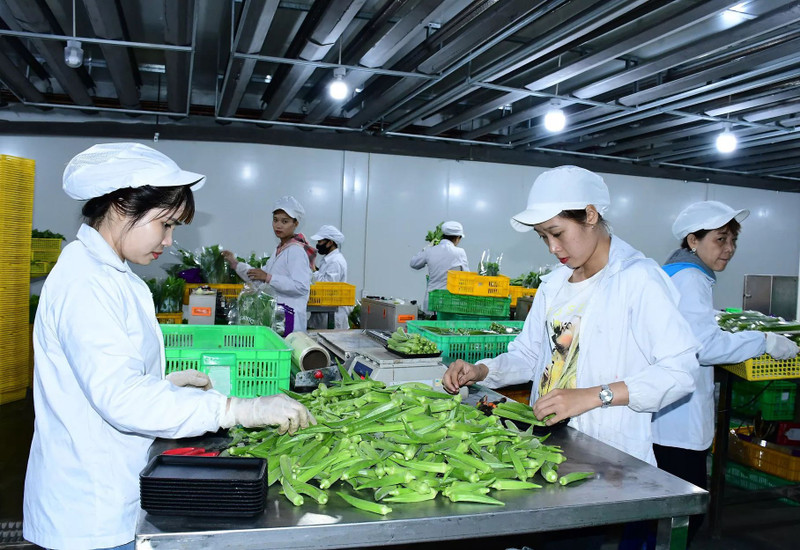The global food processing and distribution sector has seen rapid growth in recent years, and Vietnam is no exception.
Currently those involved in vegetable and fruit production and processing make up the largest share in the food production sector, while frozen seafood processing is the largest employer. It is forecast that Vietnam’s food processing will continue to grow.
However, according to experts, the level of digital transformation among small and medium enterprises in food processing remains limited in most activities of the value chain such as product development, sales management, marketing, purchasing, processing, inventory management, product distribution, and order management, thereby reducing the competitiveness of enterprises in both domestic and international markets.
The main reasons are the shortage of capital for technological upgrade and lack of information for selecting the appropriate technology that matches an enterprise’s size and potential.
In addition, many enterprises are poorly receptive to new technology, have no appropriate digital transformation strategies or roadmaps, and lack the necessary technological infrastructure to develop or integrate new solutions.
In this context, the handbook provides general information and some guidelines for enterprises to apply.
For small and medium enterprises that are mainly focused on the domestic market, they should implement technologies to support customer access and increase customers’ recognition of their brands. They should give a high priority to multi-channel sales management and e-commerce. These solutions are quick to implement and have low costs, so they are highly appropriate for small and medium enterprises.
For those focusing on exports, it is necessary to give digital transformation priority to activities such as origin tracing, data collection and analysis, logistics management, multi-channel sales management, inventory management, and connecting sellers and buyers.
They should also consider applying technologies to compliance with environmental, social and labour regulations from large markets in the world. This will act as the foundation for food processing enterprises to step up digital transformation and tap into growth opportunities.
















